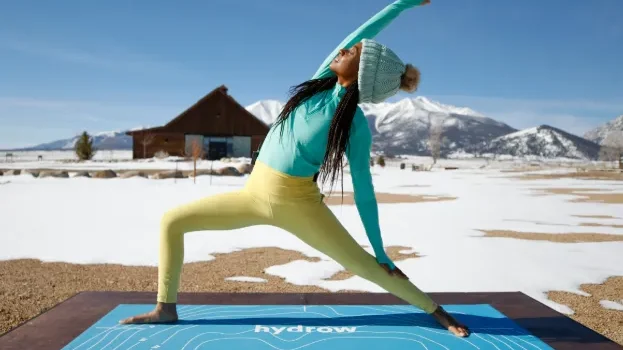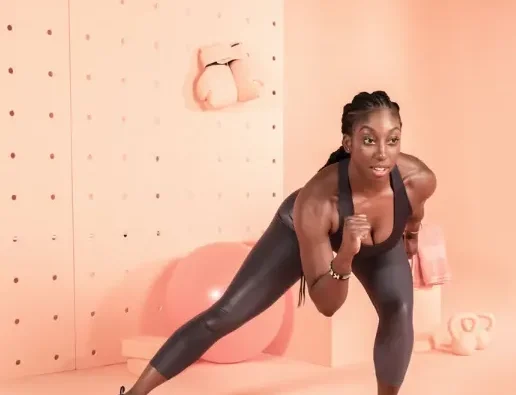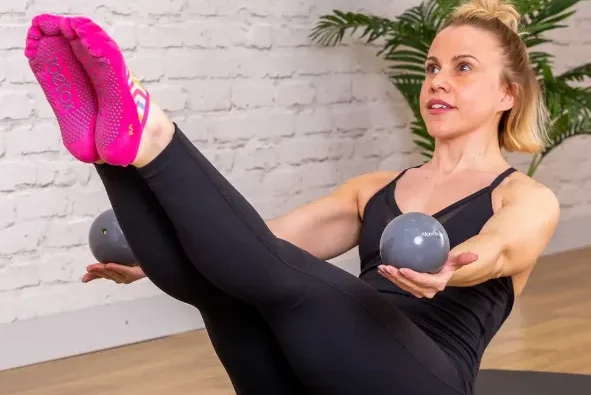
If you’re looking for a versatile workout that improves both your body and mind, yoga might be the perfect fit for you. Whether you’re seeking flexibility, stress relief, or overall strength, yoga has something to offer everyone. But is it just for spiritual types or trendy fitness enthusiasts? Absolutely not! Yoga can be beneficial for anyone, regardless of fitness level or personal preferences.
Here’s why you should consider adding yoga to your regular fitness routine.
Why You Should Practice Yoga Regularly
Yoga is more than just stretching; it’s a holistic practice that enhances both physical and mental health. Here are some key reasons to try yoga, backed by research:
- Pain Relief and Prevention: Regular practice can help alleviate back pain and prevent it from returning.
- Stress Reduction: Yoga is known for its relaxing effect, helping to reduce anxiety and stress levels.
- Flexibility: It promotes long, lean muscles, helping your body become more mobile and flexible.
- Better Movement: By increasing flexibility and strength, yoga makes daily movements easier and more efficient.
- Increased Strength: Many yoga poses build core and overall body strength, improving muscle tone.
- Lower Cholesterol and Blood Pressure: Yoga has been linked to improved cardiovascular health.
- Better Digestion and Detox: The deep stretching and twists in yoga can aid digestion and promote detoxification.
- Improved Circulation: Many poses encourage blood flow, which benefits your body overall.
- Mental Clarity and Focus: The mindful aspect of yoga enhances focus and mental clarity, which is perfect for overall well-being.
- Low-Impact Exercise: Yoga offers an effective workout that is gentle on the joints.
Is Yoga a Good Workout?
While yoga might not be the best for increasing your heart rate or building heavy muscle mass, it’s a great complement to other workouts. It’s ideal for improving flexibility, reducing stress, and enhancing your overall strength. Yoga provides an excellent active recovery day between intense workout sessions and is a perfect addition to a balanced fitness routine.
Different Types of Yoga
Yoga comes in many forms, each offering unique benefits. Here’s a breakdown of some of the most common styles:
- Ashtanga: A demanding practice that focuses on breathing and fluid movement. It’s great if you want a structured, physically challenging workout.
- Hatha: A slower-paced practice that’s ideal for beginners. It focuses on basic postures and is perfect for stretching and building foundation.
- Bikram/Hot Yoga: Performed in a heated room, this intense practice involves 26 poses that elevate your heart rate while improving strength and flexibility.
- Iyengar: Known for its emphasis on precision, alignment, and posture, this style is ideal for anyone who wants to perfect their form and build strength through precise movements.
- Vinyasa: A flowing style of yoga that links movements with breath. It feels like a dance, incorporating dynamic movement and helping you build flexibility and strength.
- Restorative: This slow-paced style focuses on relaxation and using props like blocks and straps to deepen stretches. It’s great for stress relief and recovery.
- Kundalini: A more spiritual practice that involves chanting and meditation. While some people enjoy it for its mindfulness, others prefer a more physically focused approach.
How to Get Started with Yoga
Yoga is beginner-friendly, and you don’t need much to start. Here’s what you’ll need to begin your practice:
- Yoga Mat: A good quality mat will provide the necessary grip and comfort for your practice.
- Carrying Bag: If you plan to take your mat to yoga classes or outdoor sessions, a bag or sling will make it easier to transport.
- Yoga Blocks: These props help with alignment and support, especially when you’re still working on flexibility.
- Yoga Strap: Useful for deepening stretches and improving flexibility, especially in more challenging poses.
Final Thoughts
Yoga is an excellent addition to any fitness regimen. Whether you’re new to working out or a seasoned athlete, it enhances flexibility, reduces stress, and strengthens the body from the inside out. If you’re not sure where to start, try a beginner class or explore different styles until you find what works best for you.
And remember, yoga isn’t just about the physical poses. It’s also about mindfulness and being in tune with your body, which can have profound benefits for both your mental and physical health.












